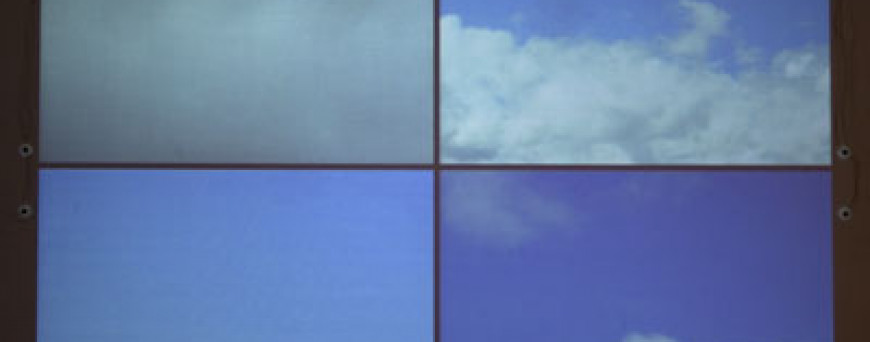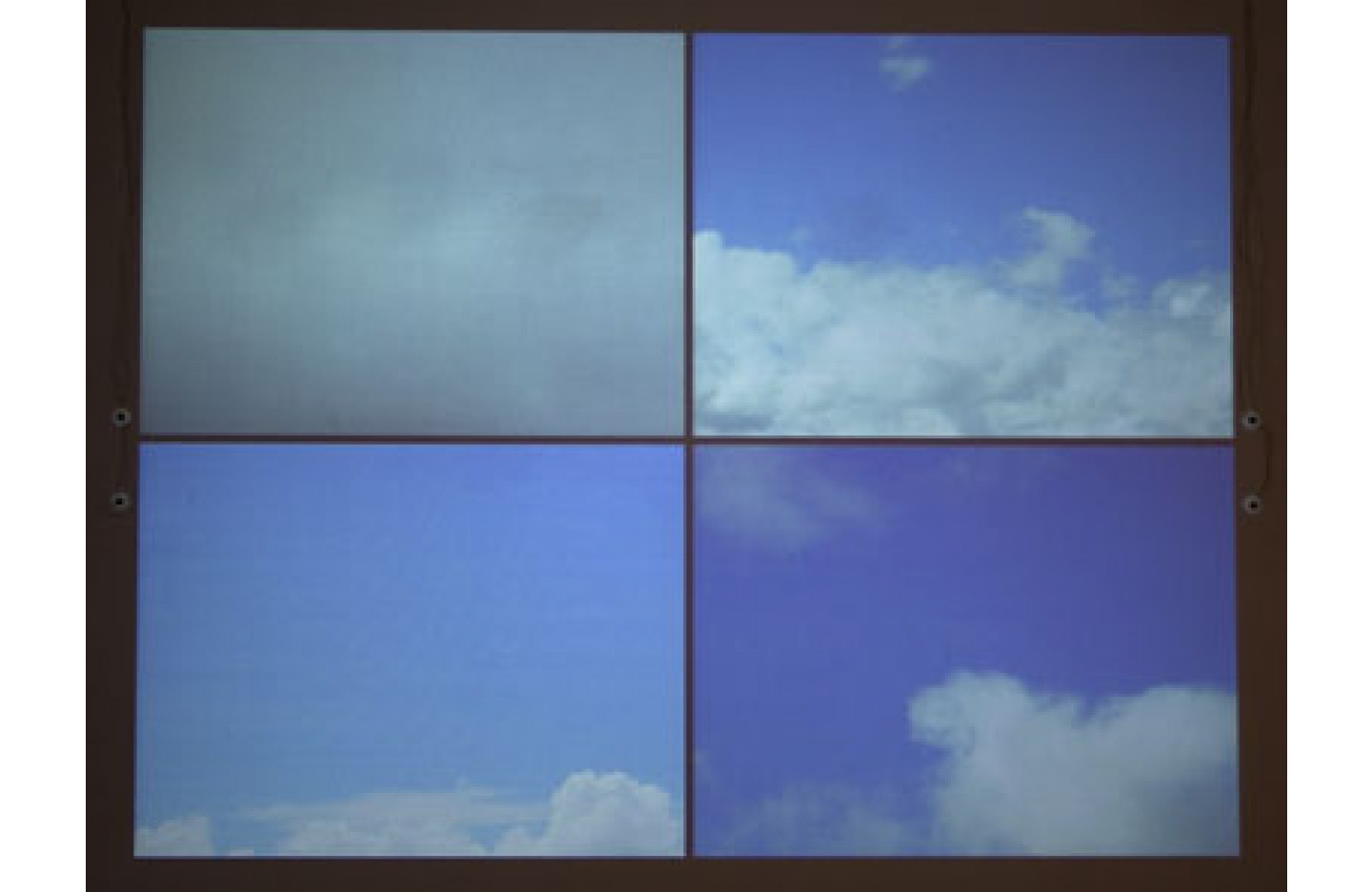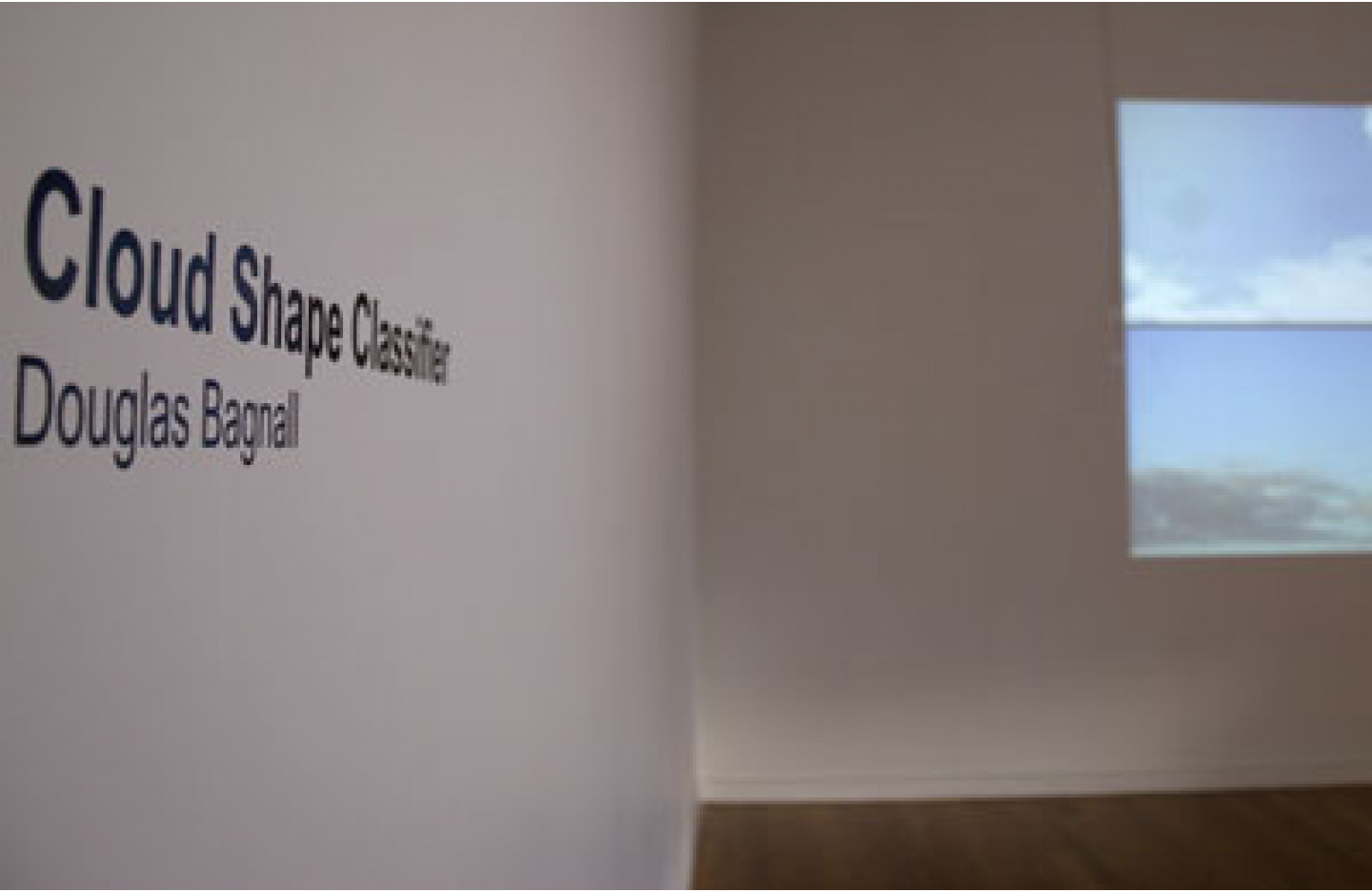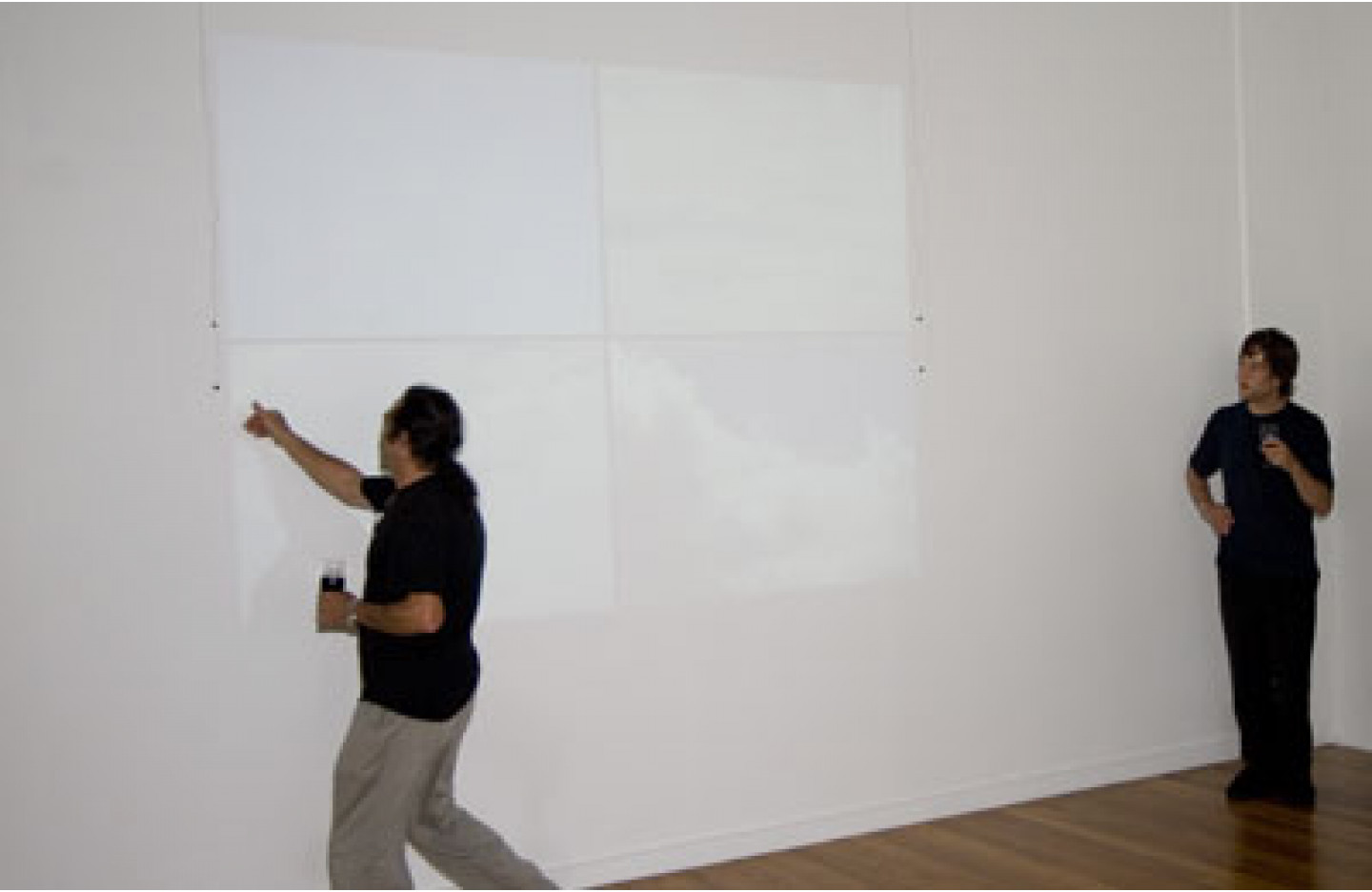Cloud Shape Classifier
- 30 Mar - 20 Apr, 2007
Douglas Bagnall’s interactive work Cloud Shape Classifier (2006) asks the question as to whether one of our most sublime “natural” experiences, the aesthetic appreciation of clouds, can be systematised and automated.
Like for his previous work, A Film-making Robot, where a robot edited short films, Douglas Bagnall has made a computer programme with an in-built ability to make aesthetic decisions. Danny Butt suggests that Cloud Shape Classifier perhaps contains a critique of our focus on aesthetic products over the process of looking, as Bagnall’s commentary on the project website suggests, perhaps sardonically, that “many people would like to see interesting clouds, but lack the spare time in which to look upwards.”
The Cloud Shape Classifier consists of a computer and a camera, which is tilted skyward. Every few seconds, an image of the sky is captured on a digital camera located in Wellington. Each image is analysed and classified according to shape, texture, and colour, and saved to disk.
The images are automatically uploaded to a website and projected in the gallery via a computer with a broadband connection. Visitors to Ramp will see a selection of four cloud pictures in a grid format, with buttons beside each one. By pressing one of the buttons, they tell the computer that they prefer that picture. The computer learns from all the button presses, and tries to show clouds that it thinks people will like. By visiting the website, people can train the machine to choose clouds specifically for them, or participate in the creation of a public selection. When they return to the site, it will have chosen new clouds that it believes they will like.
Internally, the computer uses neural networks to learn the preferences of each person. The software is written in Python and C, and runs on Debian Linux. It. The website is currently running at http://cloudy.halo.gen.nz
Cloud Shape Classifier 2006 was shown atZeroOne/International Symposium on Electronic Arts, San Jose 2006. It will be exhibited in China in May this year in Geomatics and Ecomatics: Three Stories curated by Danny Butt for the Shanghai International Science and Art Exhibition.
Douglas Bagnall Biography:
Douglas Bagnall is an artist and programmer, who tries to make machines to automate some of the more boring intellectual and observational processes of artistic production. This was not always the case; Douglas began his career in the early nineties. His film and digital art, including The Sea (pt 3) (1996) and Random Geographical Survey (1998), has been seen throughout New Zealand at short film and fringe film festivals. His work has been shown internationally at Melbourne Experimenta in 1994 and at the Tokyo Video Festival in 1996. Bagnall was one of the first recipients (with Helen Varley Jamieson and Vicki Smith) of the Creative New Zealand Smash Palace grants for the collaborative work UpStage. He was Digital Artist in Residence at the University of Waikato in 2003. In 2006 he has been working on the Cloud Shape Classifier and a Mimetic Television, which produces original programmes by imitating broadcast channels. Douglas lives in Wellington




